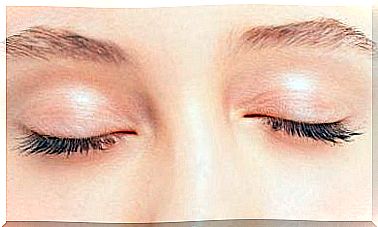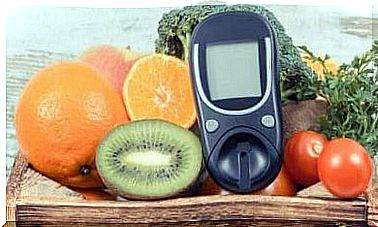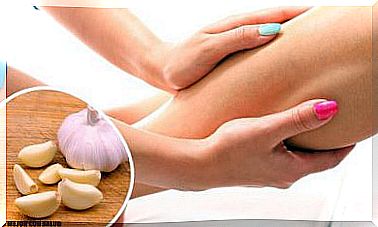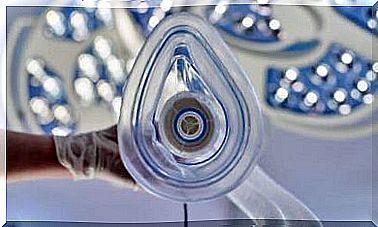Trigger Finger Symptoms And Treatments
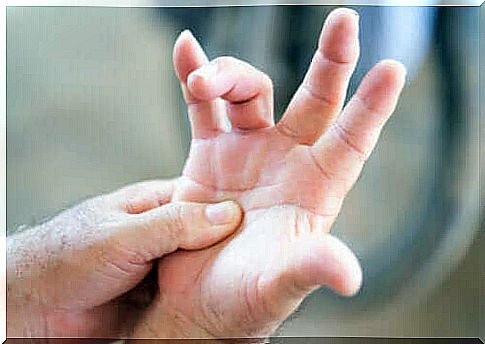
Today we are going to talk about trigger finger symptoms and treatments. Trigger finger is a condition that limits the movement of the finger and can prevent it from bending. In fact, it usually gets stuck and in order to stretch or bend it you have to snap it in, like a spring does when it stretches and then releases.
A problem in the long tendons, known as flexors, causes this abnormality. These tendons slide through a kind of tunnel, the tendon sheath, that surrounds them. When that sheath becomes irritated and inflamed, the tunnel narrows and movement becomes difficult.
In the most severe cases, the trigger finger locks in the bent position and cannot move. Another name for this condition is stenosed tenosynovitis and it is more common in women and people with diabetes.
Symptoms of a trigger finger
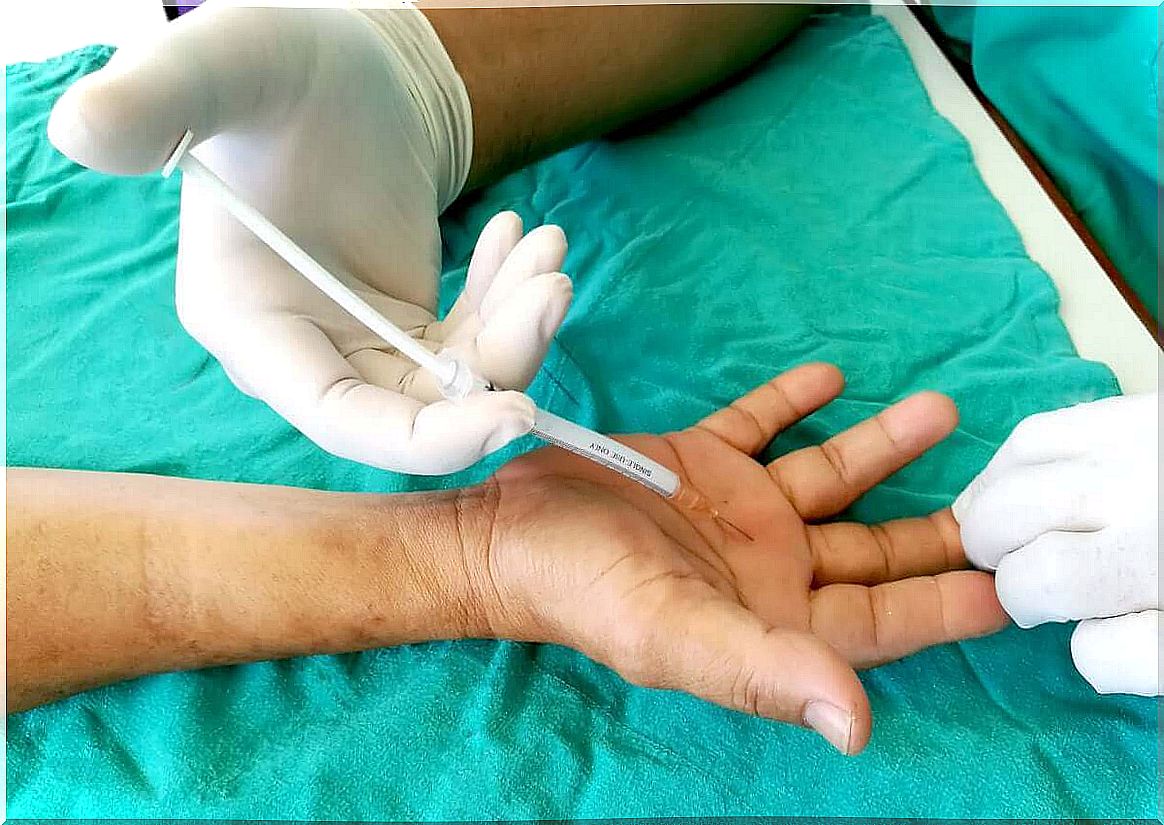
The trigger finger can occur in any finger of the hand, including the thumb. In fact, it almost always affects more than one finger, even both hands. The condition is progressive and usually begins with persistent pain at the base of the finger. The first symptoms of a trigger finger are usually as follows:
- A lump appears around the base of the finger, toward the palm of the hand.
- The muscle in the base of the finger feels soft and sensitive.
- There is a feeling of stiffness in the finger, especially in the morning hours.
- When making a movement , the finger makes a clicking sound.
As the trigger finger advances, it stays stuck in the bent position and suddenly stretches. In more advanced stages , he gets stuck and can no longer stretch.
Diagnosis
The basis for the diagnosis of a trigger finger is a physical examination by the doctor. When the patient makes a movement with the affected area, he makes a clicking sound, which is characteristic of this abnormality.
The doctor completes the physical examination by asking the patient to open and close his hand. The professional will also check the palm and base of the fingers and inquire about the manifestations of pain and the signs of blockage. After this it is possible to confirm the diagnosis.
Trigger Finger Treatments
Trigger finger treatments depend on the condition of the finger and the time elapsed between the onset of the disease and the doctor’s visit. In general, there are three ways to deal with it: medication, therapy and surgery.
Medication
The use of medicines helps to relieve pain and reduce inflammation, making movement easier. In general, doctors prescribe nonsteroidal anti-inflammatory drugs.
Think, for example, of ibuprofen, naproxen and other similar medicines. This measure serves to improve the symptoms, but does not solve the problem.
Physiotherapy
Trigger finger can also be treated with therapeutic physiotherapy measures. Some of these measure may include the following:
- Rest: Grabbing, holding, or shaking machine activities is avoided for four to six weeks. If rest is not possible, a padded glove should be used.
- Splinting: Helps keep the finger straight and is only worn at night. It is usually worn for a month and a half.
- Gentle exercises: A number of hand stretches may be prescribed to improve range of motion.
- Heat and cold: Alternating heat and ice help reduce swelling and pain.
- Warm water immersion : Immersing the hand in warm water several times a day can relax the tendons and relieve symptoms.
Operations of a trigger finger
If medication and therapy do not work, then surgery is required. Sometimes the following procedures are tried before surgery to avoid surgery:
- Steroid injection (Spanish link): Applied to the tendon sheath, it helps to reduce inflammation. It can be effective for a year or more, but sometimes it is necessary to apply it in more than one session.
- Percutaneous delivery (Spanish link): This consists of inserting a thick needle into the inflamed tendon, after anesthesia has been administered, thus undoing the compression that is blocking the tendon.
If these procedures don’t work, then the patient will need surgery. This is an outpatient procedure that consists of an incision in the compressed area to cut through the tendon sheath. The greatest risk is infection or ineffectiveness of the surgery.
Risk factors for a trigger finger
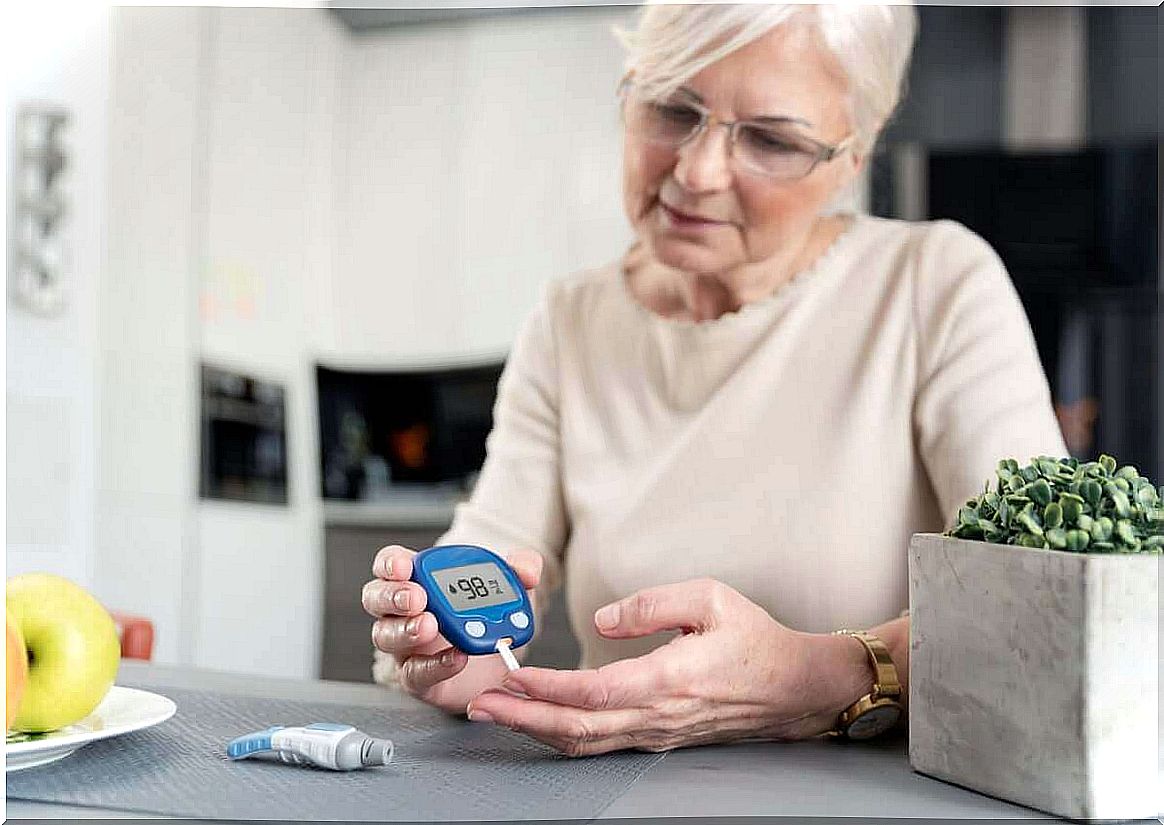
Diabetes is a risk factor for trigger finger because it is more common in these patients. There are some people who tend to develop a trigger finger more easily. The known risk factors are as follows (Spanish link):
- Age: people over 40 and under 60.
- Diseases: Having diabetes, hypothyroidism, rheumatoid arthritis, or tuberculosis.
- Have had surgery for carpal tunnel syndrome.
- Repetitive Activities: Performing tasks or work that require repetitive grasping.
A condition with different treatments
Trigger finger is a condition that can significantly alter quality of life. In these cases it is therefore most advisable to adapt to the new circumstances and to avoid grasping movements. If those movements are impossible to avoid, it is important to evaluate efficient protective measures.
It is also important to note that none of the available treatments are one hundred percent effective. However, a high percentage of patients improve after corticosteroid injections, and there are also successful solutions with surgery. The prospect is encouraging.


